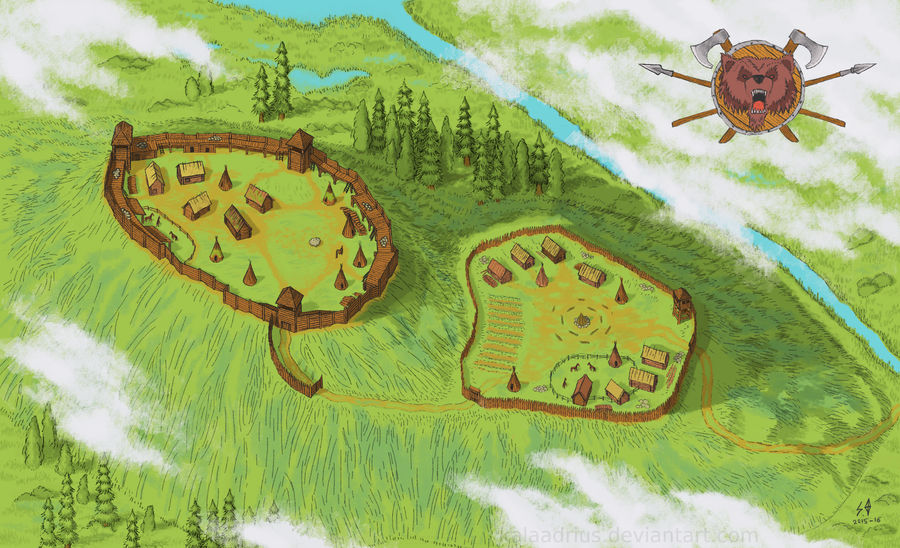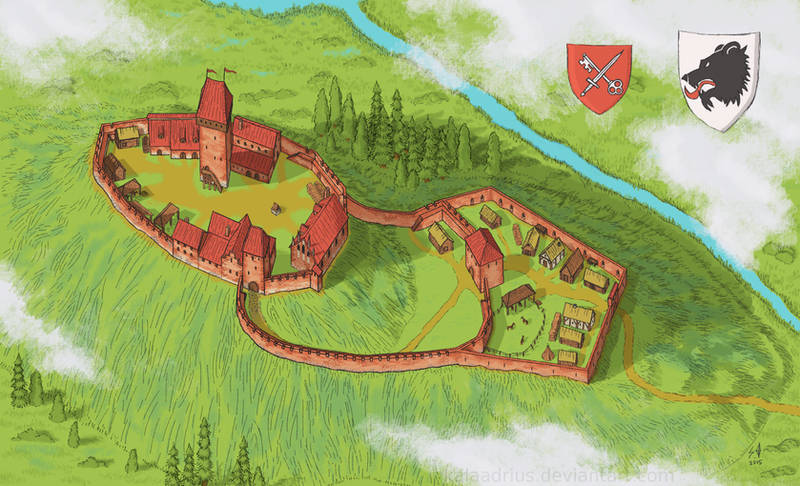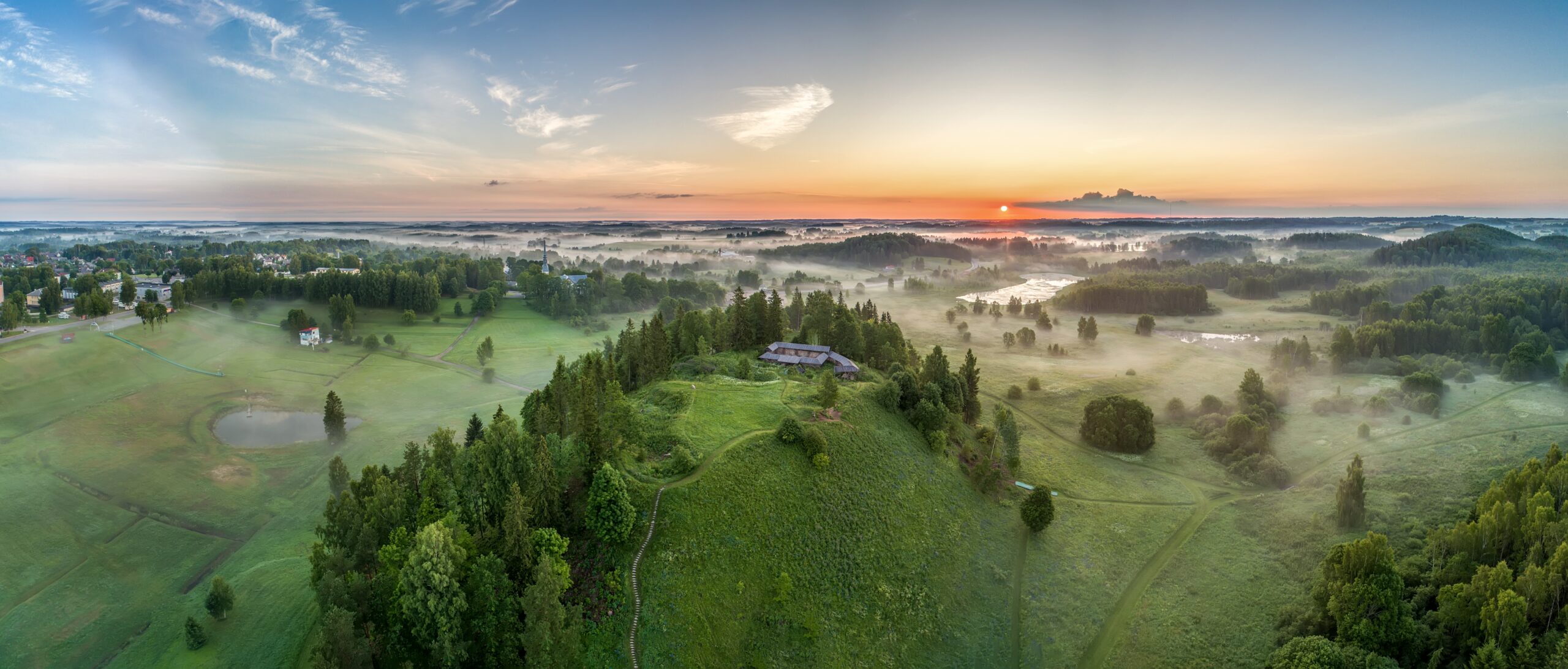
900 YEARS OF HISTORY
Welcome to Otepää which boasts more than nine hundred years of history. A place in which history, sports, and culture have been coming together for centuries. We are very proud of the fact that the earliest written records regarding the significance of Otepää date back as early as the ‘Ancient Era’ in Estonia, from 9 March 1116. The first signs of human activity in the Otepää area date from the sixth century BC. The area has been permanently settled since the sixth or seventh century AD. The people of Otepää have remained sturdy and have survived in spite of the constant conquests which have occurred here.
- Nine hundred tears ago Ugandi was an historical county in south-eastern Estonia, and Otepää was its most significant centre.
- Ugala Theatre in Viljandi was founded in 1920 and was named after Ugandi.
- The Latvian name for Estonia, ‘Igaunija’, is also based on ‘Ugandi’.
- The historical hill fort gave Otepää its name, as the shape of the castle which used to stand here resembled the head of a bear (‘ott’ is a word which is used to refer to a bear in Estonian, while ‘pää’ refers to a head). Otepää Castle is mentioned in the Livonian Chronicle of Henry as ‘Odenpe’ and ‘Odempe’, which means ‘bear’s head’. Russian chronicles also referred to it as ‘Медвежья голова’ (‘bear’s head’).
- This is the site at which what known to be the world’s oldest firearm was discovered.
- Otepää is the cradle of the Estonian tricolour.
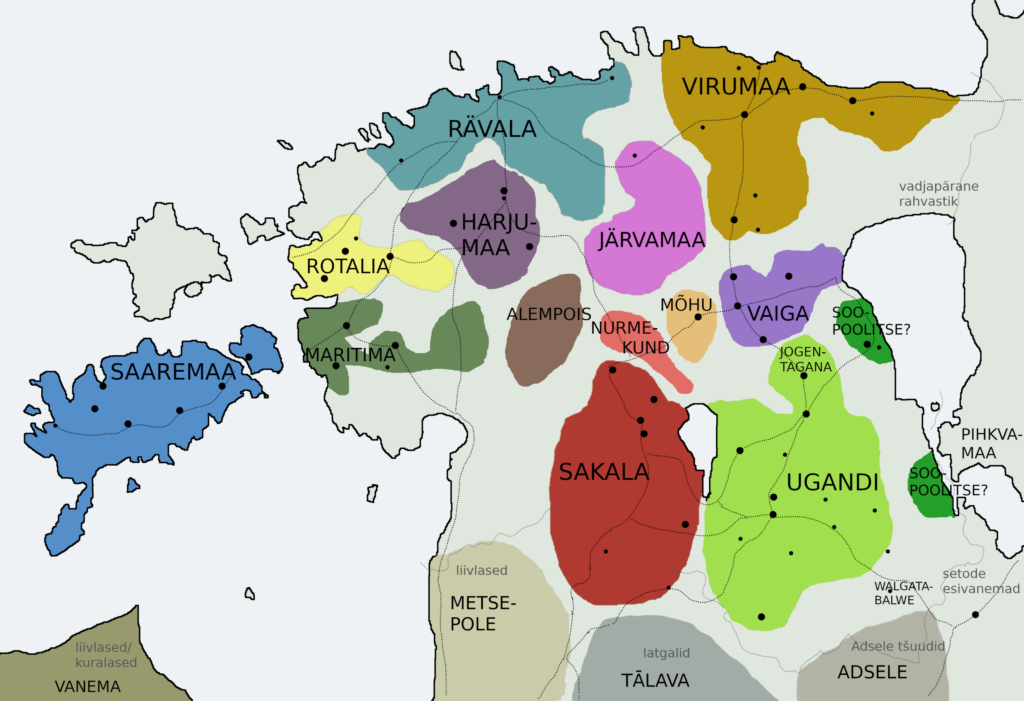
In the Middle Iron Age a small county was formed around Otepää, which later became the core of the county of Ugandi. A bear head-shaped castle was built here. Otepää became the second fortified centre of the ancient county of Ugandi next to Tartu. Towards the end of the Ancient Era, in the first quarter of the thirteenth century AD, Otepää was the main centre of power in the county of Ugandi. If the course of history had been different, it is possible that Otepää today could have been a more important centre than Tartu.
Otepää’s hill fort lies just a few hundred metres from Ugandi Hotel. It boasts a long and dignified history. There was a castle of the ancient Estonians here for more than half a millennium, followed by a stone castle which was built in 1224 and which stood for a few hundred years. Some of shards of ribbed or textile ceramic clay dishes which were discovered during the course of archaeological excavations of the hill fort indicate that there may earlier have been a temporary shelter or stronghold here, in the Old Iron Age, but a permanently settled castle was built in the seventh century. The importance of the castle and the settlement which formed next to it increased in the following centuries and, by the beginning of the twelfth century, Otepää had become one of the most significant centres in south-eastern Estonia.
In the Early Iron Age, Otepää Castle and its adjoining settlement became an early urban centre in which its people were engaged in trade and handicrafts. Four large roads branched out from here: towards Pskov and Novgorod, via Tartu to northern Estonia, over the River Väike Emajõgi to Sakala, and south towards the lands of the Latgale and Livonians. At the end of the twelfth century and at the beginning of the thirteenth century, the trade road between Riga and Pskov probably also passed through this place.
The first mention of Otepää in 1116 is related to a campaign to Otepää by the prince of Novgorod which was deemed a very important event in the entire territory of the Kievan Rus’, as the same mention can also be found in chronicles of the cities of Kiev, Tver, Vladimir, Pskov, and others. Otepää was also besieged by Russian forces in 1192, 1210, and 1217.
The conquest of 1116 probably did not result in any lasting consequences for the residents of Otepää. There is no information regarding the people of Otepää having to pay tribute to the princes of Novgorod after the event. The castle was rebuilt and fortified. Nevertheless, the castle was repeatedly looted, burned down, and rebuilt over following decades. The castle was burned down in 1192 by the forces of Yaroslav Vladimirovich, prince of Novgorod, during the course of a looting campaign. According to the Livonian Chronicle of Henry, the castle was torched again in 1208, on this occasion by the army of the bishop of Riga, the ‘Brothers of the Sword’ knightly order, the Talava Latgale, and the Livonians. Two years later, the princes of Novgorod and Pskov besieged the castle until those inside agreed to pay to the besiegers. Later in same year Riga’s forces returned, conquered the castle, and set it on fire.
A new conquest by the Russians in 1192 and the events of the ancient fight for freedom at the beginning of the thirteenth century show that the Otepää Castle was still the most important centre at the time in south-eastern Estonia. In 1216, the bishop and the Order of Riga took possession of Ugandi. Vladimir Mstislavich of Pskov responded to this by temporarily taking over Otepää Castle. Riga’s Riga, in turn, fortified the defensive structures there and sent backup. At the beginning of 1217 the castle’s defenders surrendered to the besieging forces of Novgorod, Pskov, Saaremaa, Harjumaa, and Sakala. Soon, Otepää was again ruled by Riga and, in 1220, the friars moved there to live beside the people of Uganda. There was an uprising at the beginning of 1223 against the Order in Uganda, which involved killing or imprisoning the friars and other Germans in Otepää. The people of Uganda asked Russian princes to help them defend their castles.
When the uprising was suppressed in 1224, Ugandi was handed over to the bishop of Tartu, who had a new stone castle built on the site of the old castle, as Otepää was serving back then for a short time as the centre of the bishopric. The bishop of Tartu’s stone castle was erected in Otepää in its initial form in 1225. In the same year Otepää was visited by the papal diplomat, William of Modena, who noted the presence of a strong castle and two churches here. During the St George’s Night Uprising in 1343, the headquarters of the bishop of Tartu’s forces which were led by Johan Üxküll were located here. After this, the castle was owned by several vassals. Otepää Bishop’s Castle was destroyed by the Order in 1396 and was never again restored.
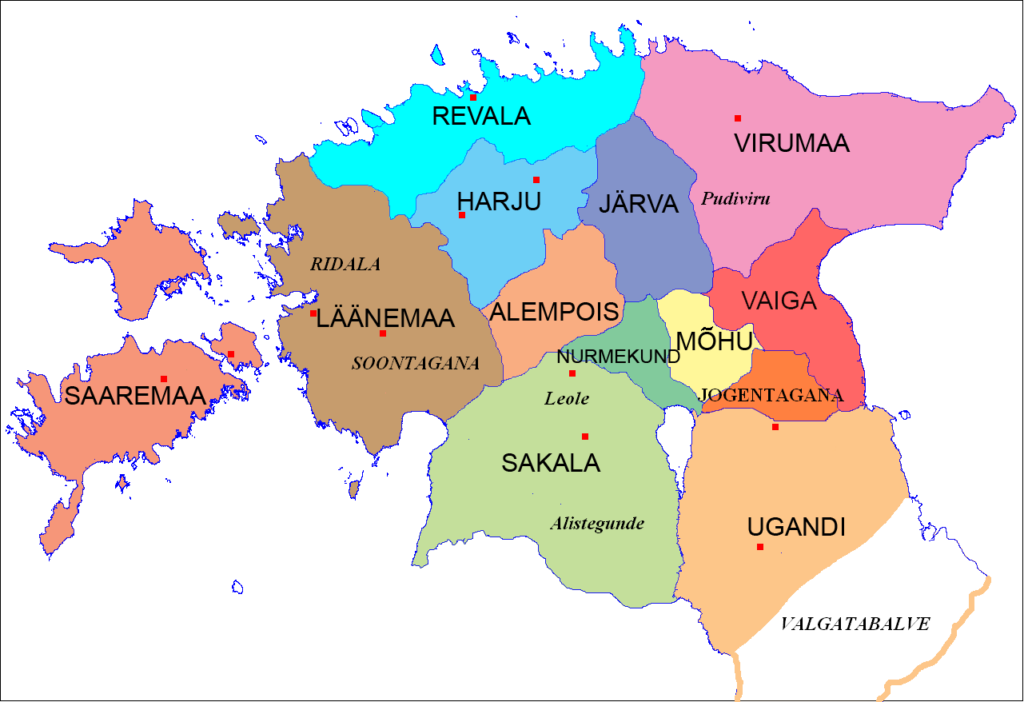
After the bishopric of Tartu was brought into being the name of Ugandi disappeared quickly and was not used again. The idea of naming either Tartu County or Võru County as ‘Ugandi’ was considered in 1928. Parliament addressed this issue with the University of Tartu, but the latter’s representatives did not support the idea and it was therefore discarded.
Otepää and the surrounding area have suffered a good deal throughout the years at the hand of hostile forces. This began during the ancient fight for freedom and continued with the score-settling between the bishopric and the Teutonic Order at the end of the fourteenth century when the bishop’s castle on the Otepää hill fort site was burned to the ground. The destruction continued during the Great Northern War when the entire surrounding area around Otepää was looted by Russian forces, and the church and the parsonage building were burned to the ground. August 1944 brought tragedy to Otepää, with the majority of the city of Otepää being destroyed through a joint effort by the battling sides. In spite of the constant suffering, the people of Otepää have remained strong and have always rebuilt.
Throughout the ages the residents of Otepää have exhibited their love for education and culture. For example, the first folk school opened its doors here in 1686. One of the leading figures of the Estonian national awakening period, Jakob Hurt, worked in this area.
The Estonian national flag was consecrated in Otepää. The first blue-black-white tricolour was consecrated in the hall of the parsonage in Otepää in the evening of 4 June 1884. However, this event did not yet bring with it any right to publicly display or use the flag. The flag was hidden in the headquarters of the Estonian Students Society in Tartu to bide its time. The tricolours were waived proudly on 24 February 1918 when the first principal document of Estonian independence was declared in the form of ‘The Manifesto to the Peoples of Estonia’ by the ‘Committee of Elders’ of the Estonian State Diet. German occupation which soon began forced the flag to go back underground for a while but, on 21 November 1918, the republic of Estonia’s provisional government declared the flag to be the country’s new national flag of Estonia.
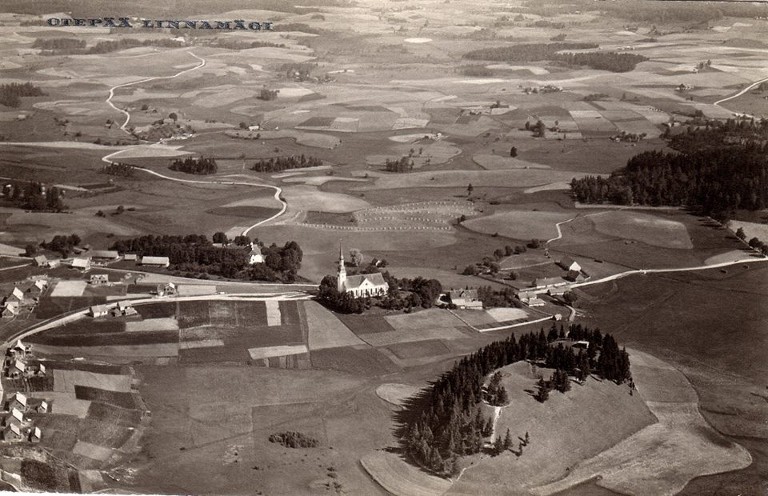
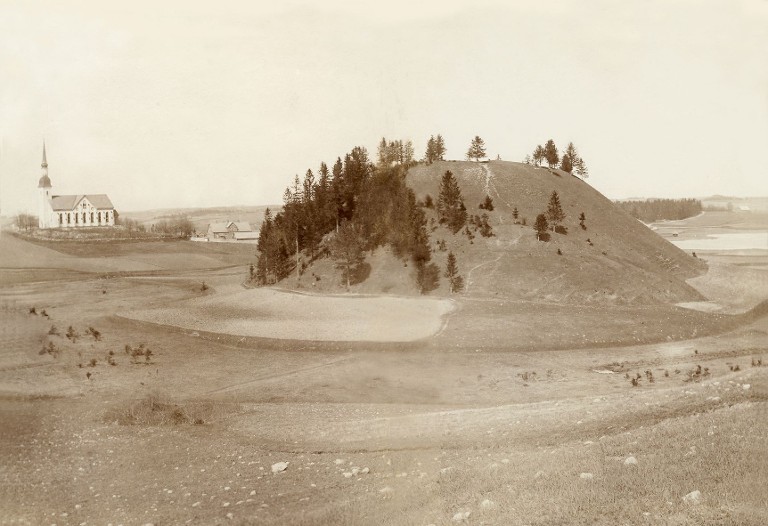
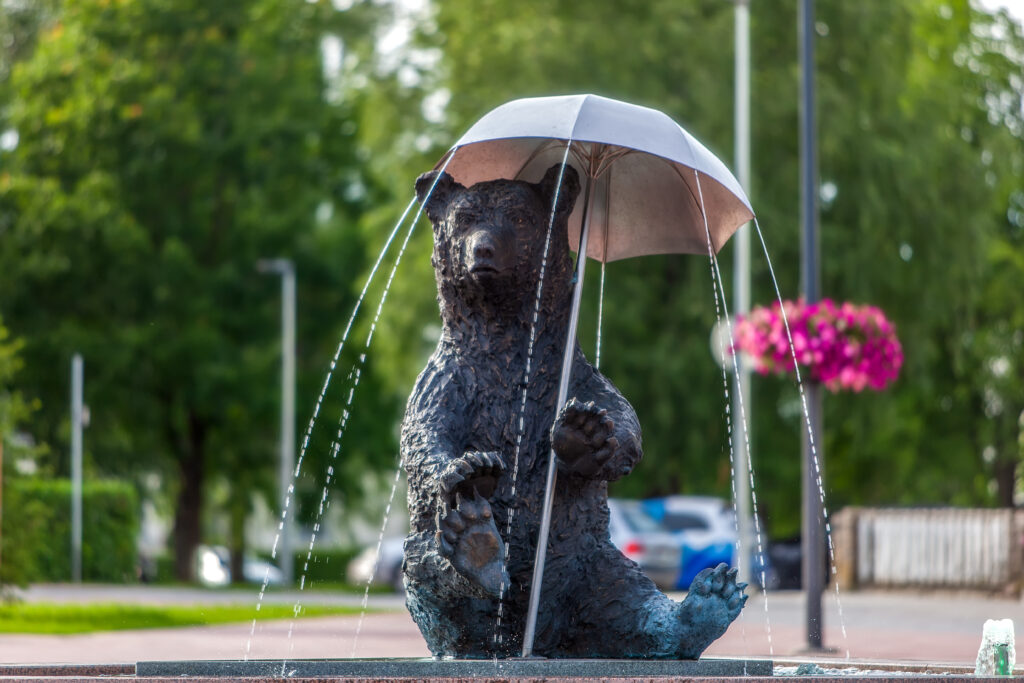
The charm of Otepää – its scenic landscapes with their rich history – has remained unchanged for hundreds of years. Today‘s Otepää is known as the most famous winter sports centre in the Baltic states, one which offers unlimited opportunities to spend one’s leisure time. Sporty Otepää is full of life all year-round: in the snowy season the city is awarded the title of ‘Winter Capital’, while in the summer it allures fishermen and beach-goers alike with its hilly forest trails and tiny lakes.
Ugandi Hotel is part of Otepää’s story. It offers an accommodation experience in a unique and luxurious atmosphere. In addition to the great opportunities which are available for taking part in sports-related activities, which the landscapes around here have been providing for decades, Otepää also charms visitors with its incredible cultural heritage. Come to Otepää, the junction of history, sports, and culture, and experience the beautiful Winter Capital which is a sight to see all year-round.


